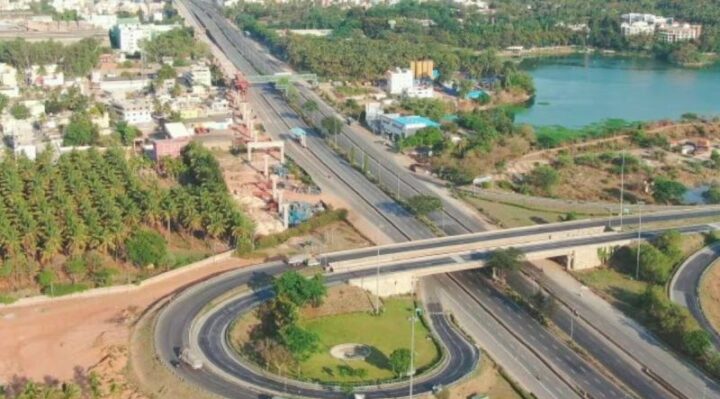By 2030, India will spend Rs 143 trillion on infrastructure, according to Crisil


According to analytics company CRISIL, India’s infrastructure spending will reach Rs 143 trillion over the fiscal years 2024 and 2030. According to the rating agency, it will be more than twice as much as the Rs 67 trillion invested over the previous seven fiscal years. The announcement was made on Tuesday at the India Infrastructure Conclave 2023 in New Delhi.
Amish Mehta, the Managing Director and CEO of CRISIL, thinks that India will be the largest country to develop at the highest rate through FY31, with an average GDP growth rate of 6.7%.
Mehta stated that by fiscal 2031, “per capita income is seen rising from $2,500 to $4,500, creating a middle-income country,” and that this rise would be supported by enormous overall infrastructure development with a particular focus on integrating sustainability.”
Mehta predicted that green investments will amount to Rs 36.6 trillion, a fivefold increase from 2017.
“A considerable number of mega-scale projects and an increase in the average ticket size of projects will define the next phase of infrastructure development. An appealing case is created for multiple stakeholders to accelerate investments across infrastructure sectors by appropriate and consistent policy and regulatory interventions and an emphasis on timely execution, according to the firm.
According to CRISIL’s analysis, well-known industries like power and roads are expected to keep on to make significant contributions, while relatively new ones like electric vehicles (EVs), solar, wind, and hydrogen are expected to steadily expand.
By 2030, the share of electric vehicles in India’s overall auto sales is predicted to be 30%. By 2028, EV two-wheeler sales are predicted to surpass those of other segments.
While green fuel investments will increase, the company claimed there is a need to take advantage of cutting-edge technologies including “floatovoltaics” (floating solar), offshore wind technology, and green hydrogen.
The company highlighted India’s expanding hydrogen market. “Government incentive programs are expected to promote significant investments in the hydrogen sector, valued at Rs 1.5 trillion between FY2024 and FY2030. Given that the cost of producing green hydrogen is twice as high as that of fossil-based hydrogen, mandates for its use and incentive programs will be crucial in this situation, it continued.
The majority of fundamental infrastructure industries demand sizable investments, which can be fulfilled by boosting bond market activity, increasing foreign investor interest, and having good equity markets.
According to the company, India’s first sovereign green bond issue would pave the way for the growth of the local bond market for green issuances because preliminary data from around the world shows a growing demand for them.


